The wireless earbuds landscape is crowded, with manufacturers racing to pack premium features into cheaper packages. Enter the Google Pixel Buds 2a, a compelling middle ground that brings active noise cancellation and flagship-level performance to the $129 price point. What makes these earbuds particularly significant is that they represent Google's first foray back into budget ANC territory in about four years, powered by the same Tensor A1 chip that drives their premium counterparts.
This is not just another budget play trying to undercut the competition. The seamless integration with Google's ecosystem, from instant Fast Pair connectivity to hands-free "Hey Google" commands, turns these earbuds into a natural extension of your Android device rather than just another Bluetooth accessory. Pair, ask, play. It feels automatic.
What makes the Pixel Buds 2a special at this price point?
Here is where Google's strategy gets interesting. The company crammed legitimate active noise cancellation into a $129 pair of earbuds without cutting the corners that matter. The Pixel Buds 2a are powered by Google's Tensor A1 chip, not a watered-down variant, the same silicon handling the heavy lifting in their flagship models. That unlocks sophisticated audio processing usually reserved for pricier options.
The ANC performance punches above its weight. Google claims the noise cancellation matches that of the original Pixel Buds Pro, and TechRadar testing confirms this. With a proper seal, you can expect roughly 76% of outside noise to be blocked when ANC is enabled. That kind of hush takes the edge off a subway car, a coffee grinder, or the drone of an airplane cabin.
Sound is built on a solid foundation, too. The 11mm custom dynamic driver delivers rich, detailed audio that defies the budget label, and the five-band equalizer accessible through the companion app, as confirmed by Pocket Lint, gives you room to tweak. Want extra thump for hip-hop, or a flatter response for acoustic folk and podcasts? A few taps and you are set.
The Google ecosystem ties it all together. Fast Pair means your earbuds pop up instantly on compatible Android devices. "Hey Google" voice commands handle everything from checking the weather to controlling smart home devices. Pixel 6 and newer owners also get spatial audio support, though without the dynamic head tracking found in Pro models.
How do they perform in real-world usage?
Daily life tells the story. Comfort is a win, and WIRED notes they deliver "an impressively comfortable fit" thanks to silicone stabilizer fins that keep them secure during morning workouts or late-night podcast sessions. At just 4.7 grams per earbud, as confirmed by Digital Trends, these rank among Google's smallest and lightest earbuds to date.
That lightweight design pays off during long stretches. The compact wingtip design stays put better than bulkier alternatives, and the IP54 water- and dust-resistant rating keeps you covered for sweat or a quick dash through the rain. These are built for messy, everyday moments, not pristine lab benches.
Battery performance holds up. Google's seven-hour estimate with ANC enabled proves accurate in daily use, and disabling noise cancellation extends this to around 10 hours. The charging case provides an additional 20 hours with ANC active or 27 hours without. Quick charging is a real lifesaver; five minutes in the case yields about an hour of playback, handy when you realize the buds are dead right before an important call.
Sound quality hits the sweet spot for this price. You will not mistake them for $300 audiophile gear, but the tuning is balanced and versatile. Bass has presence without swallowing the mids, treble stays clear for music and voice calls, and the dual-microphone setup per earbud handles phone calls competently. It is not as crisp as speaking into your phone, but it gets the job done.
What are the key limitations to consider?
Every $129 product makes trade-offs, and the Pixel Buds 2a choose theirs carefully. The most obvious omission is wireless charging for the case. Android Police points out that this feels noticeable when many rivals at similar prices include it. You are restricted to USB-C charging, which is fine, just less convenient on a nightstand.
Touch controls are still fussy across Google's earbud lineup, and the 2a keep that streak alive. 9to5Google reports persistent issues with missed reactions, taps mistaken for holds, and vice versa. That turns quick pauses or a fast switch to transparency into a small daily irritation.
Transparency mode itself is a mixed bag. It works, but some reviewers struggle to hold full conversations because ambient volume can feel inconsistent. You can hear the world, but you just do not get the effortless openness of premium competitors.
Codec support is basic. You get SBC and AAC, and TS2 Tech notes the absence of high-resolution codecs like LDAC or aptX. For most streaming, this will not matter. Audiophiles with high-res libraries may feel boxed in.
Ecosystem perks have limits. The earbuds work with any Bluetooth device, but the best tricks, spatial audio, seamless device switching, and deeper Google Assistant integration live mostly on newer Pixel phones or Android devices with Google accounts. iPhone users can listen just fine; they simply miss much of what makes these special beyond core audio.
Are they worth buying in today's competitive market?
Short answer: yes, especially if you are on Android. The Pixel Buds 2a deliver on their core promise of bringing premium features to an accessible price. At $129.99, you get active noise cancellation, strong battery life, and tight Android integration that rivals options a hundred bucks higher. The Tensor A1 chip is not marketing fluff; it enables real performance you hear and feel day to day.
For Android users invested in Google's ecosystem, the value lands fast. Google Assistant feels natural, Fast Pair kills the usual Bluetooth friction, and Find My Device integration is clutch when the buds vanish into a couch cushion or jacket pocket.
Comfort deserves another nod for anyone chasing all-day wear. These are genuinely pleasant for long sessions thanks to the ergonomics and light build. With an IP54 rating, they stand up to workouts and daily wear without babying them.
There are reasons to look elsewhere, depending on your priorities. iPhone users may find better value inside Apple's ecosystem or in more platform-agnostic picks. If you want absolute sound quality and support for high-resolution codecs, you will be shopping higher up the ladder. Need wireless charging, you will have to step up to Google's Pro tier or choose a different brand.
One practical perk for existing Pixel Buds owners, 9to5Google confirms that the Pixel Buds 2a fit perfectly in the Pixel Buds Pro 2 case, and vice versa. If you damage one case, the other works as a replacement, and you can pick between the compact 2a case for convenience or the larger Pro 2 case for extended battery life.
Sustainability also stands out in a category known for disposability. SoundGuys confirms the charging case includes a user-replaceable battery, and Google promises replacement parts availability for five years after the product's end of life. That is real repairability, not just greenwashing.
Bottom line, the Pixel Buds 2a pull off the mission. They deliver a premium-leaning experience at a decidedly non-premium price. Imperfect, yes. But with quality ANC, reliable battery life, and slick Android integration, they will satisfy most listeners who want strong performance without financial strain. At $129, they are one of the more compelling mid-range options, particularly if you value Google's ecosystem benefits and a sustainability-first design.







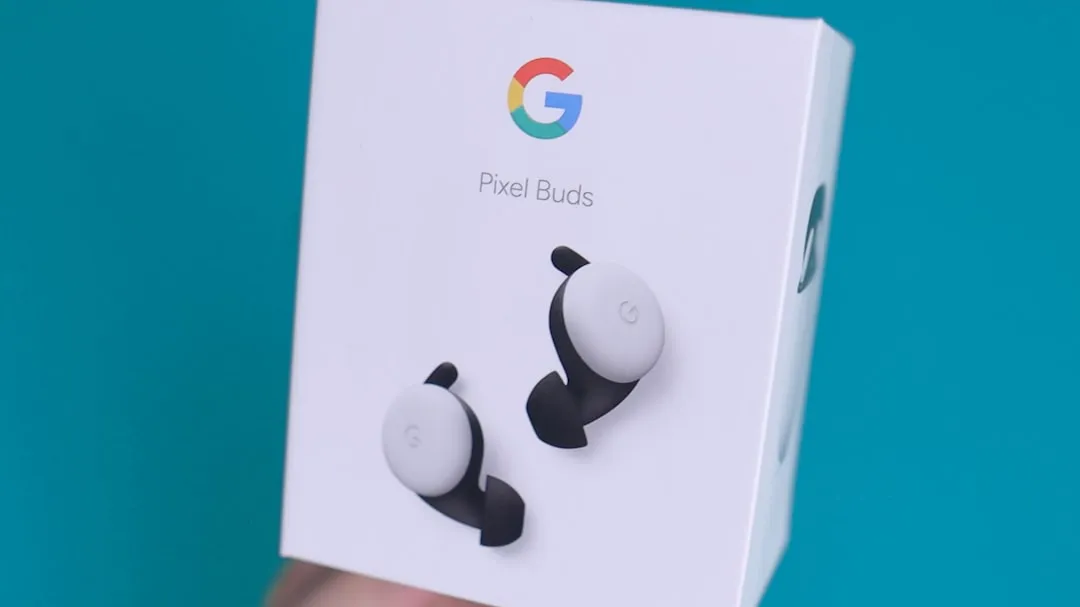
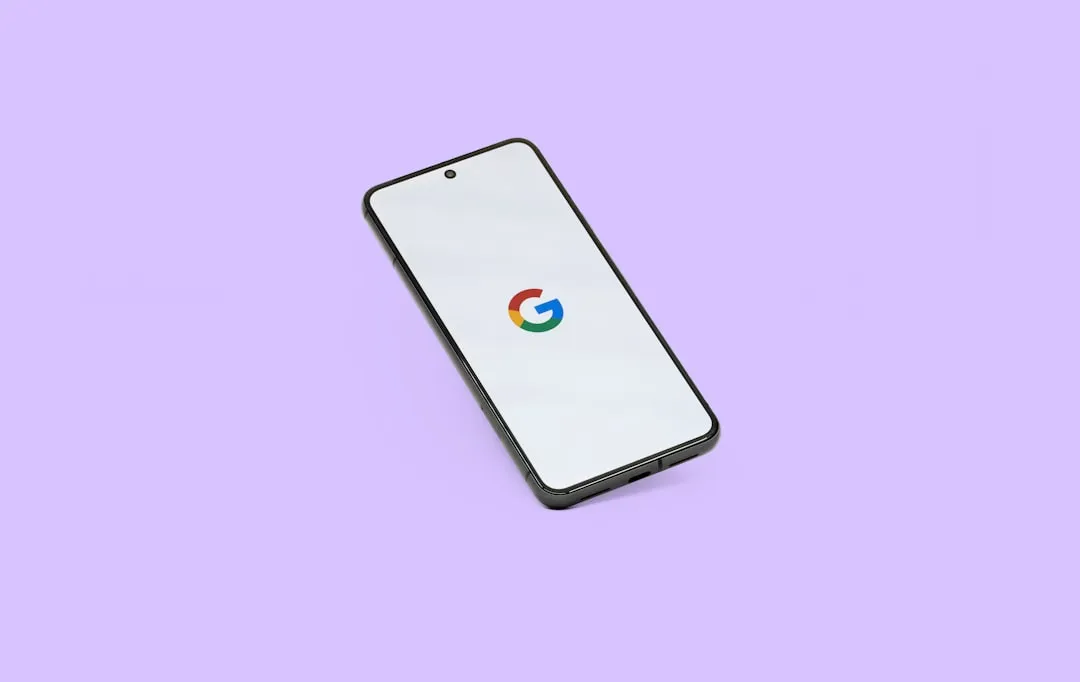
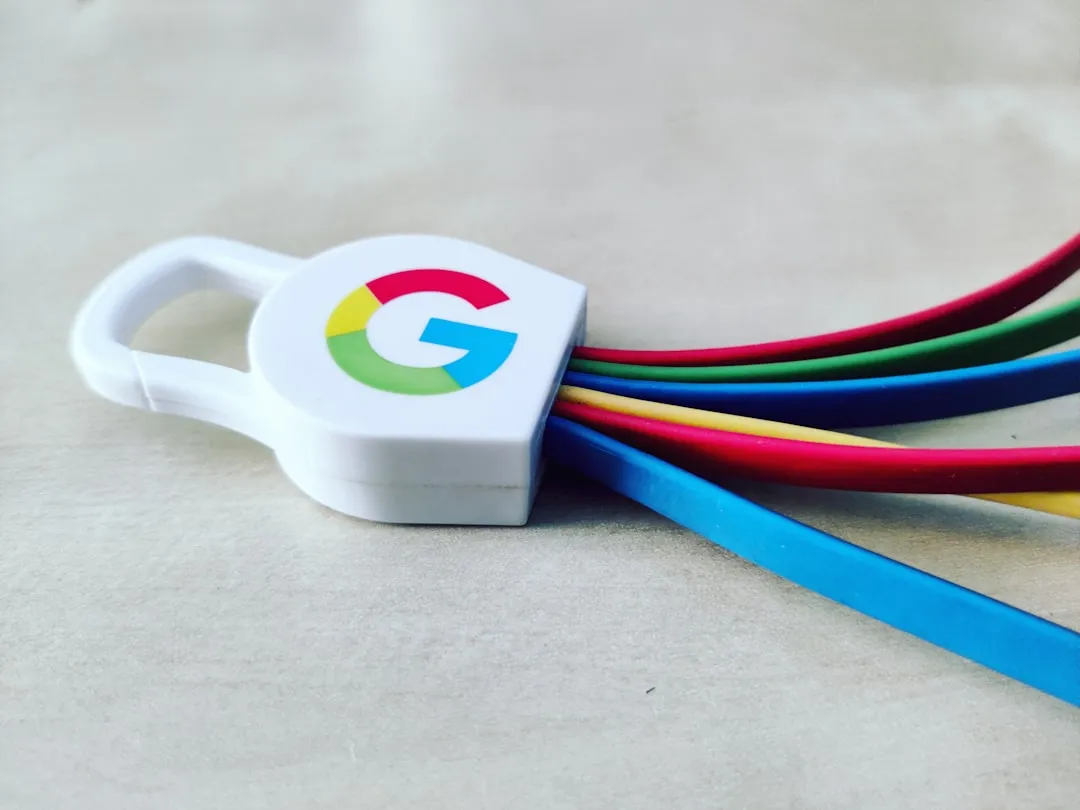
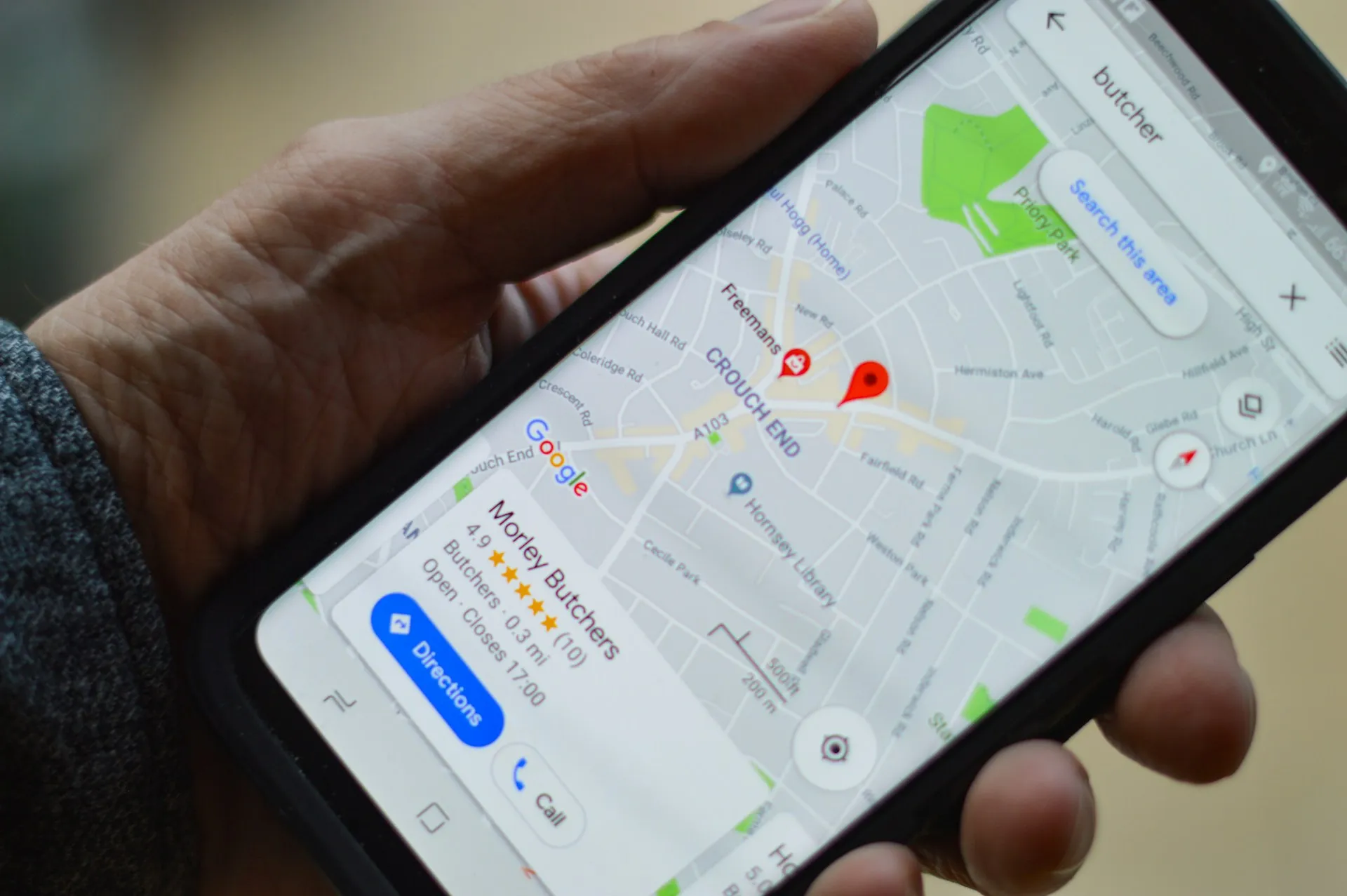
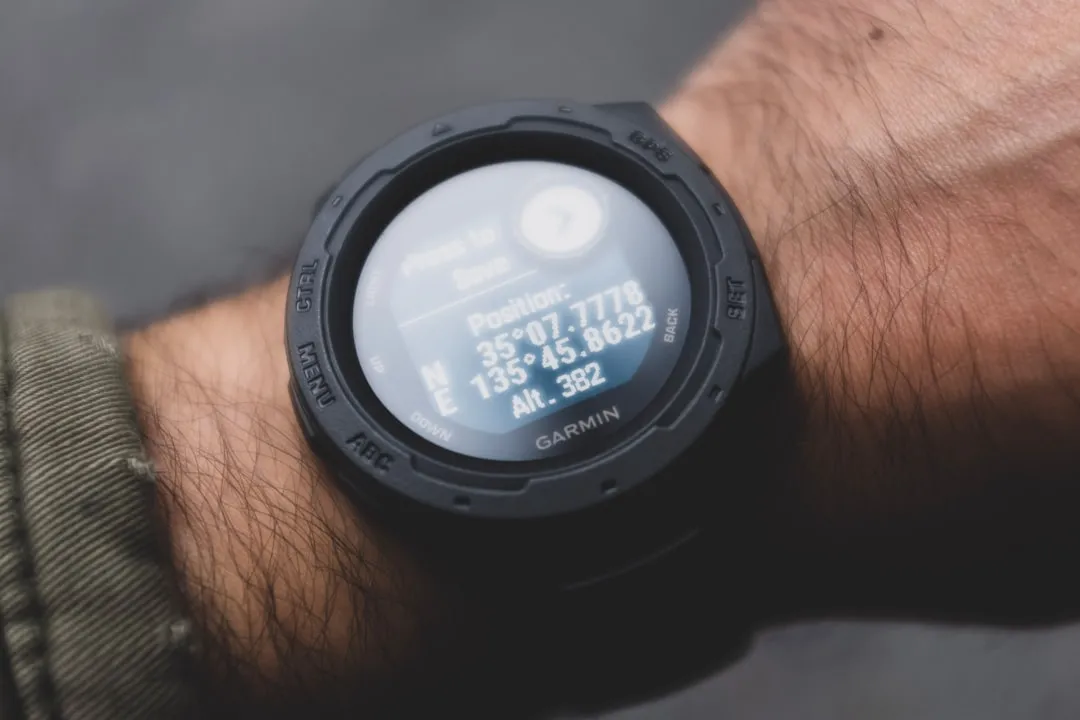





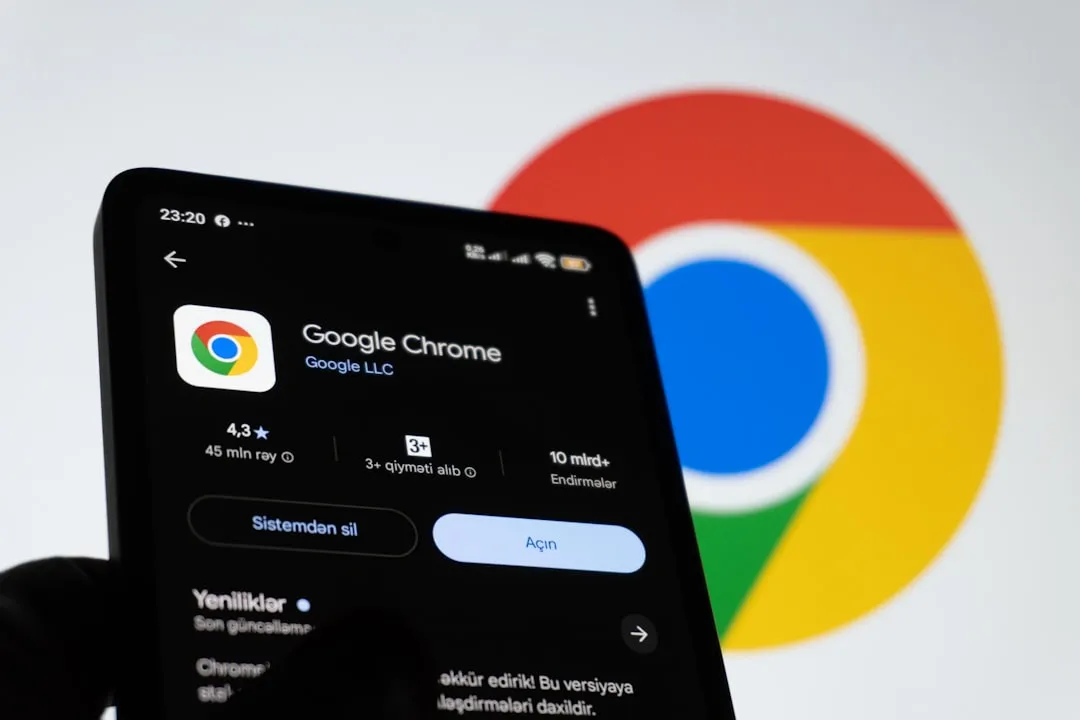

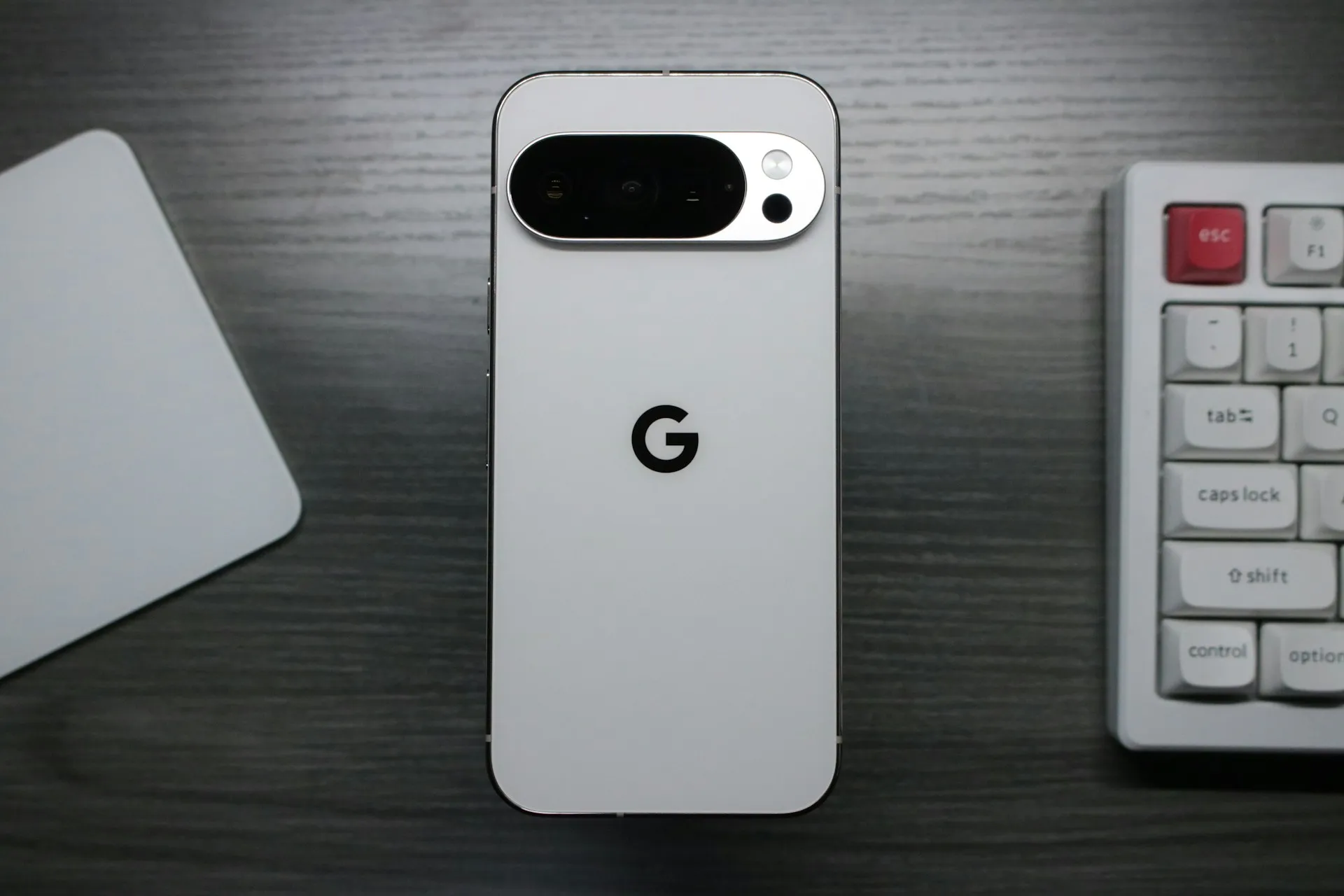
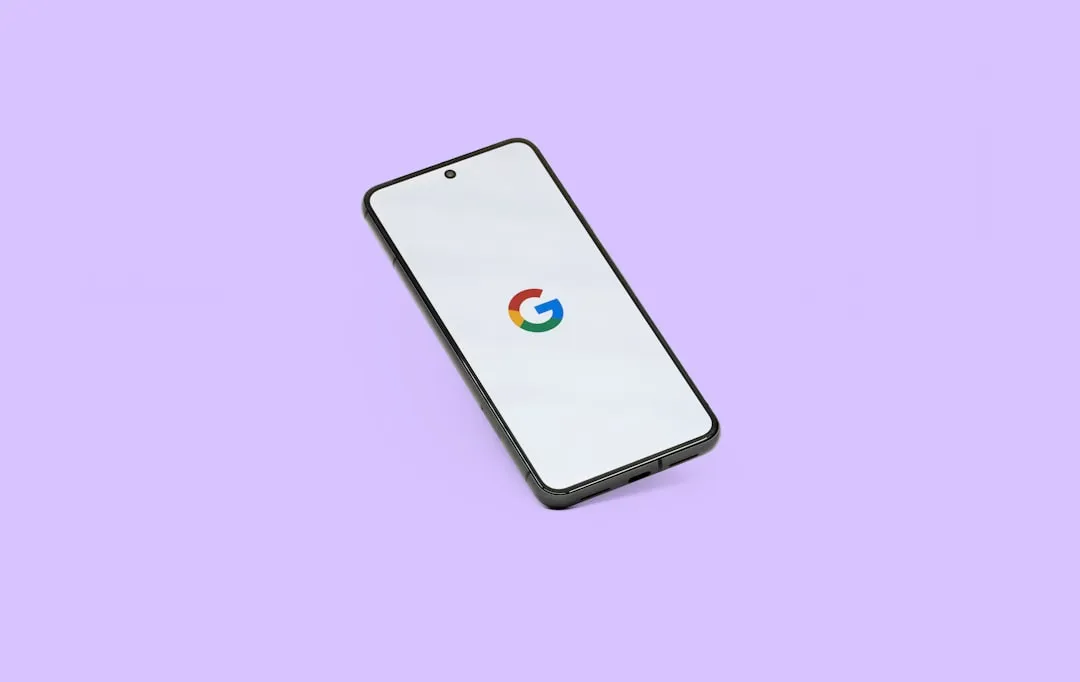

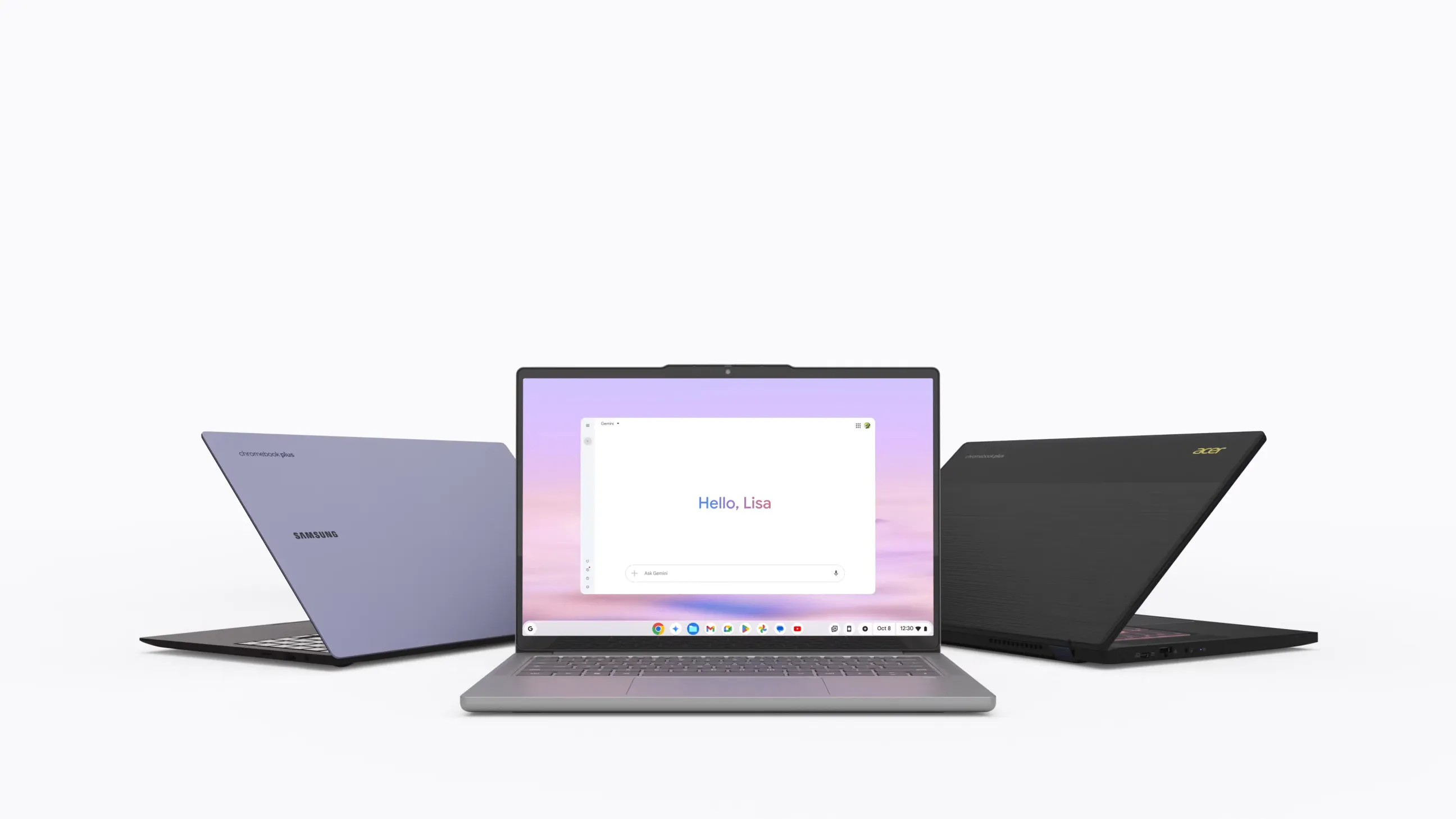

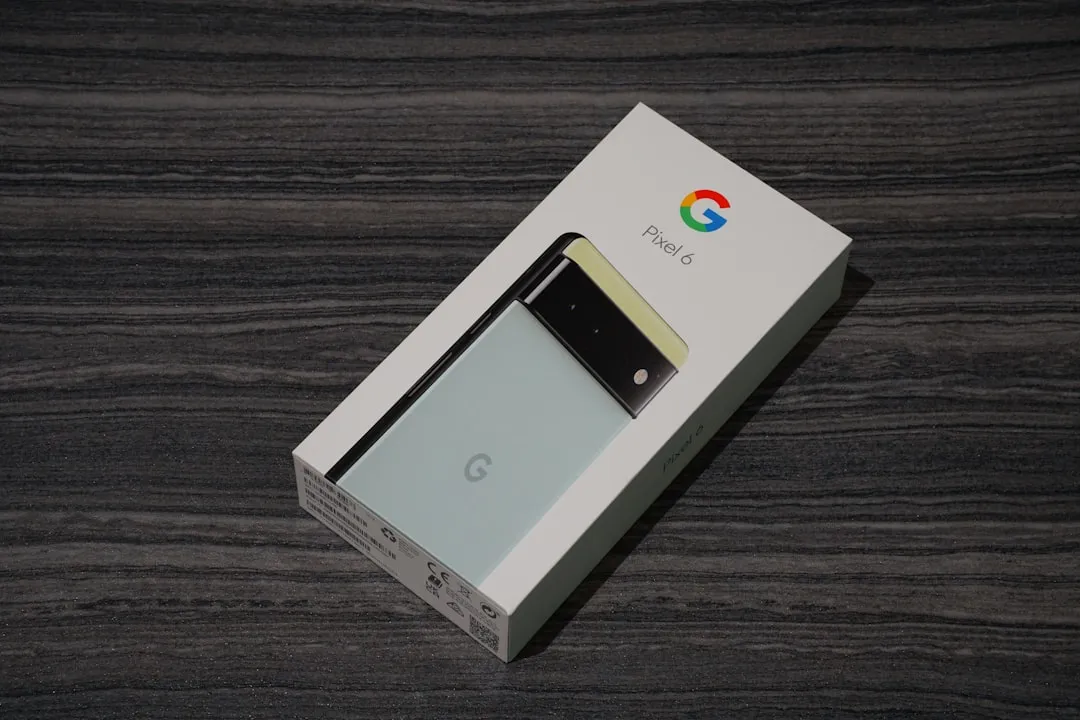
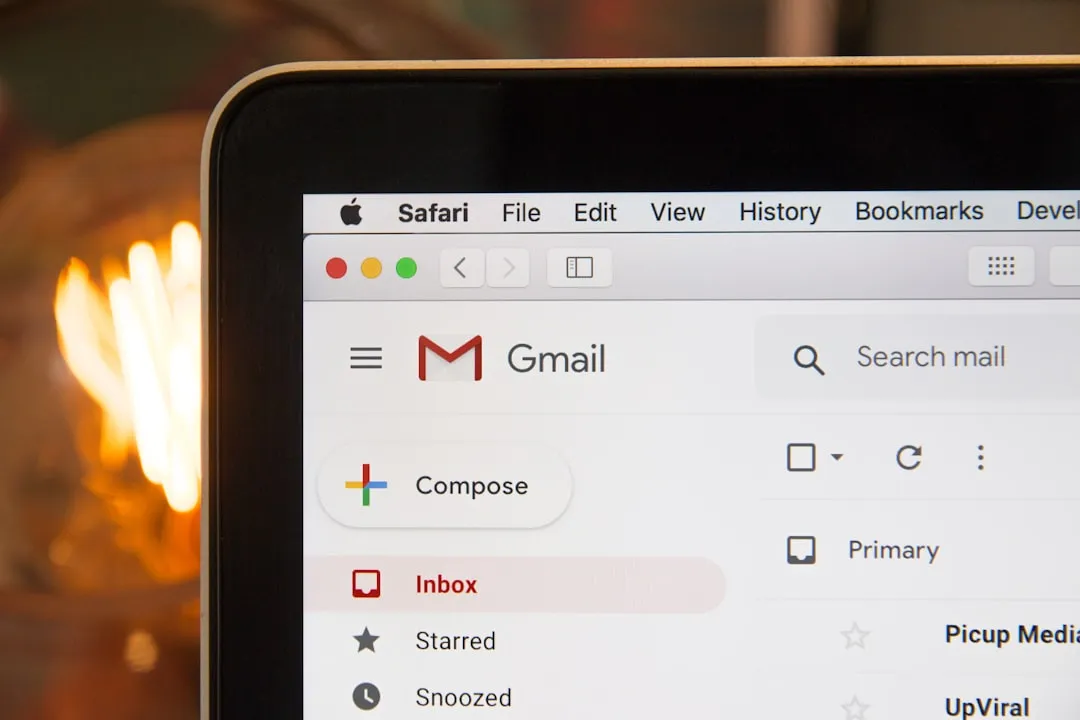
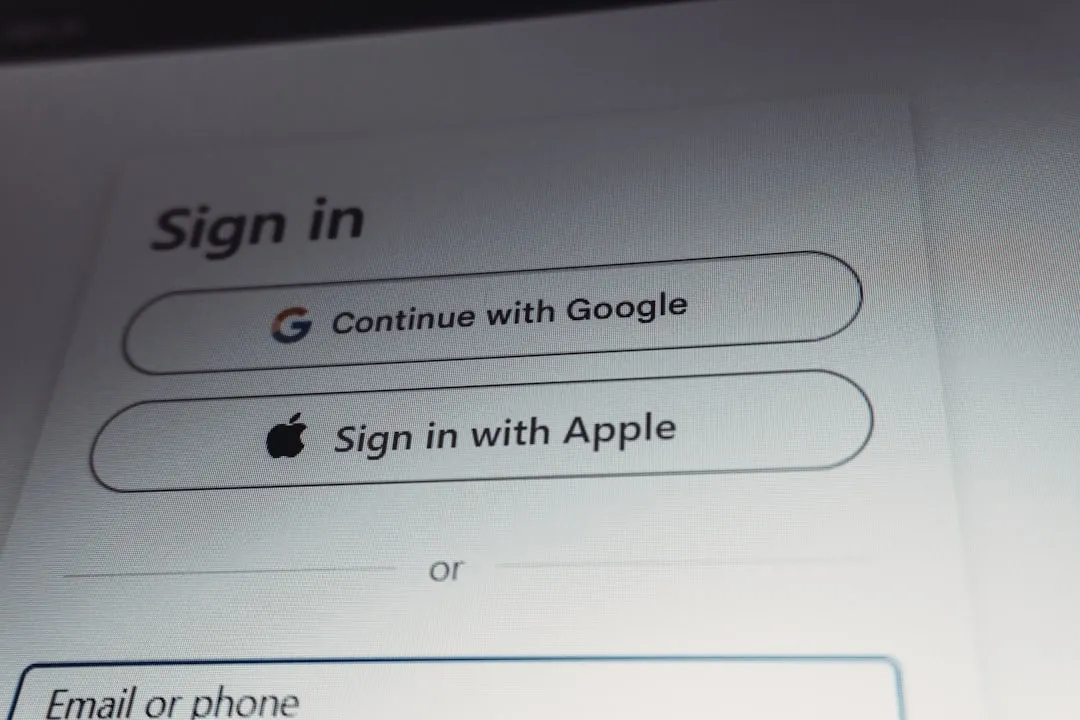
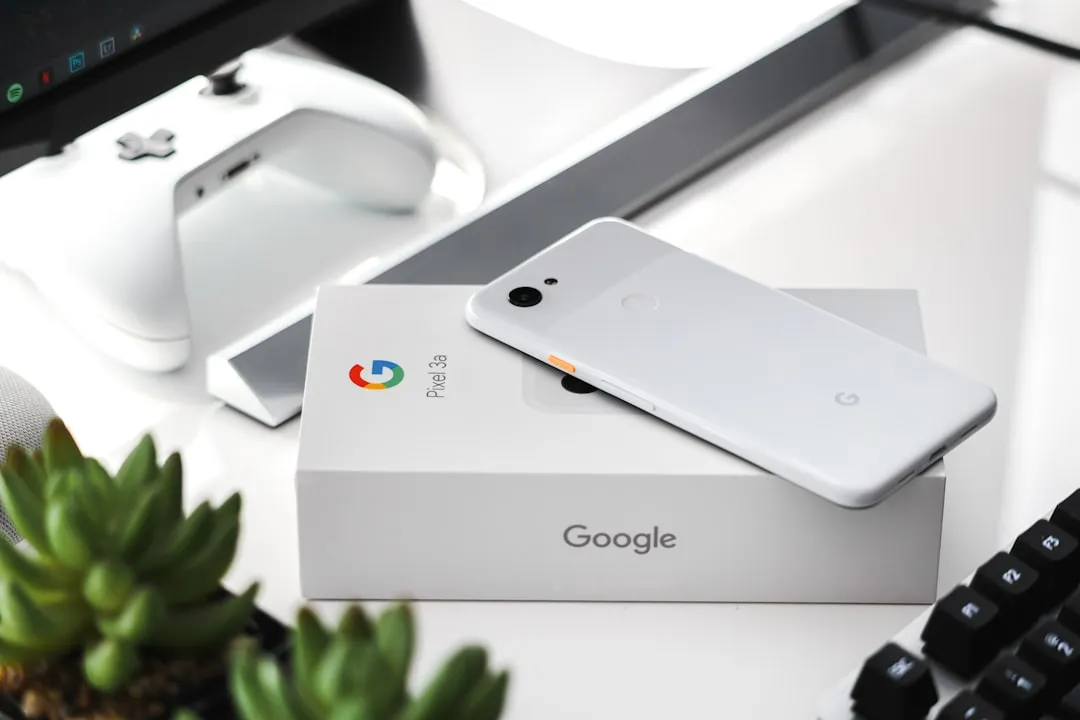
Comments
Be the first, drop a comment!